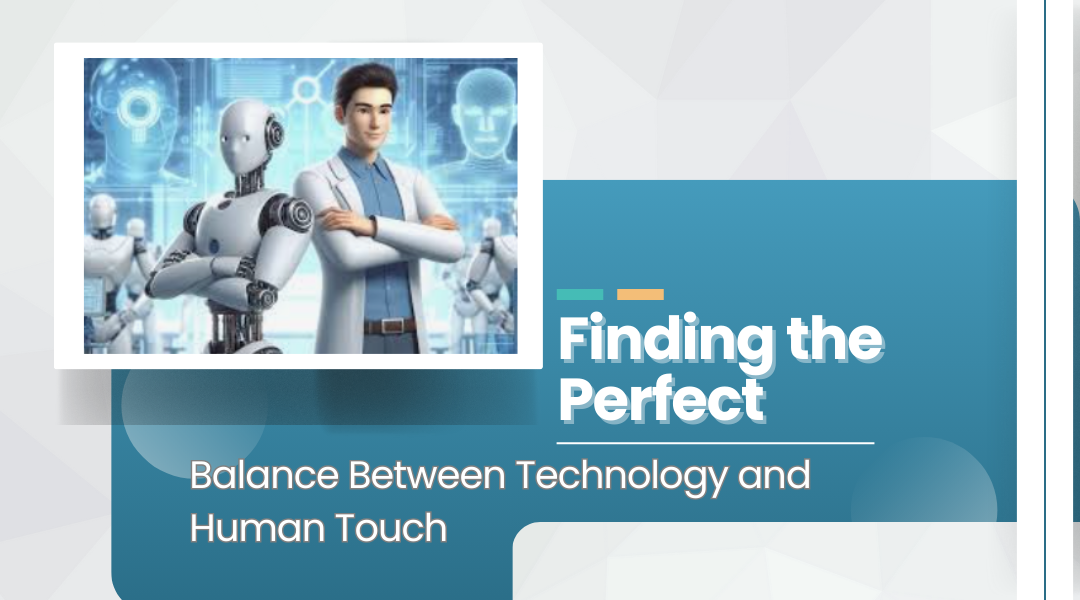In today’s digital age, businesses face a critical challenge: how to blend automation’s efficiency with the irreplaceable value of human connection. The most successful organizations aren’t choosing between technology and people—they’re finding smart ways to make them work together.
When Human Judgment Makes All the Difference
Some situations simply require human involvement:
- Delicate customer complaints where empathy matters more than speed
- Complex financial decisions needing professional judgment
- Healthcare diagnoses where test results tell part of the story
A revealing study shows 8 in 10 customers still prefer talking to a person for important matters. This explains why companies like Apple maintain robust human support teams alongside their automated systems.
Powerful Partnerships: How Humans and AI Work Together
The best systems create handoffs between technology and people:
- First Response – AI handles initial inquiries and gathers basic information
- Smart Routing – Complex issues get directed to the right specialist
- Collaborative Solutions – Humans use AI insights to provide better answers
Take healthcare as an example: AI can scan thousands of medical images in minutes, flagging potential issues for doctor review. This teamwork leads to faster, more accurate diagnoses.
Training Teams for the AI Era
Successful integration requires proper preparation:
- Upskilling programs teach employees to work with AI tools
- Clear guidelines explain when to override automated decisions
- Ongoing feedback helps both humans and systems improve
Companies investing in this training see dramatic results. One retail chain reported 30% faster resolution times after teaching staff to combine AI recommendations with their own expertise.
Why Human Oversight Still Matters
Even the most advanced systems need monitoring:
- Catching unusual patterns machines might miss
- Providing ethical judgment calls
- Maintaining quality control
In financial services, for instance, AI might flag a transaction as suspicious, but human investigators determine if it’s actually fraudulent. This combination has helped some banks reduce false positives by 40%.
The Winning Formula
The most effective organizations follow these principles:
- Use automation for repetitive, high-volume tasks
- Reserve human talent for complex, emotional, or judgment-based work
- Create seamless handoffs between systems and people
- Continuously train both staff and AI systems
By striking this balance, businesses don’t just improve efficiency—they build stronger customer relationships and make better decisions. The future belongs to organizations that can harness technology’s power without losing what makes human service special.
